GANDHI (M. K. 'MAHATMA') – CHARLES FREER ANDREWSGroup of correspondence pertaining to Charles Freer Andrews (1871-1940), author, missionary, campaigner and close friend of Gandhi and Tagore, comprising:
i) Autograph draft Foreword by Mahatma Gandhi, praising Charles Freer Andrews, unsigned, in English, beginning "It is not easy thing for me to write a foreword to a life-sketch of Mr Andrews between whom & me there exists a tie closer than between blood-brothers..." and ending "...there does not exist in India a more truthful, more humble and more devoted servant of hers than C.F. Andrews.", written in pencil on the back of a document written in another hand, one page, on lightweight paper torn from a larger sheet, browned, fragile, 4to (c.187 x 142mm.), [Santiniketan, September 1920]
ii) Three autograph letters from Charles Freer Andrews: the first signed ("Charlie") to Jawaharlal Nehru, asking if the Congress could send a cable to the Indian Association requesting a "cordial welcome" and to pass a resolution welcoming him to Fiji ("...I shall not of course commit the Congress to any policy but report to the Congress on my return. I am hastily scribbling this which Agatha will send by air mail..."), 3 pages, marks, rust-stains, small staple holes, discolouration, two filing holes, held with staple, 8vo (150 x 98mm.), Pembroke College, Cambridge, 20 March [dated 1936 in red crayon]; with two further autograph letters signed ("CFA") to Agatha Harrison, the first on a photographic letter card depicting six scenes aboard the S.S. Rawalpindi, describing the overcrowded ship ("...like penguins settling on a beach..."), adding corrections to a piece on India and the Pacific and grateful for his comfortable berth despite the temporary loss of a suitcase, one page, written on verso only, dust-staining, rust-stains from paperclip, tears where opened, 444 x 150mm., aboard S.S. Rawalpindi, [no date]; the second speaking of the turmoil in the country ("...the confusion is beyond words...") and his friendships ("...You remember that I was called the 'hyphen' between Gandhi and Tagore. Well that has been more than ever the case in the last months and I cannot be too thankful that I have been here in India on the spot... Everything depends on all these links holding fast...") and recounting the tragic story of the death of a child ("...Bapu was the great consoler..."), docketed by Agatha Harrison at head, 2 pages on Visva-Bharati headed paper, dust-staining, creased and marked, 4to (225 x 190mm.), Santiniketan, 22 December [dated 1940 in ink, corrected to 1939 in blue pencil]
iii) Autograph poem entitled 'The Palm -Trees at Shantiniketan [sic]', comprising eleven verses of four lines, beginning "When the last glow of day is dying..." and ending "...Here by the palm-trees came, God-given/ Utter ineffable boundless peace", 2 pages, dust-staining, creased and torn at folds, 4to (228 x 177mm.), [no place, no date but Santiniketan, July or August 1914]Footnotes'BETWEEN WHOM & ME THERE EXISTS A TIE CLOSER THAN BETWEEN BLOOD-BROTHERS': Papers relating to Charles Freer Andrews (1871-1940), campaigner for Indian Independence and 'the hyphen between Gandhi and Tagore', including an admiring pen portrait by Gandhi.
The present draft would appear to be an incomplete version of Gandhi's proposed Foreword to Benarsidas Chaturvedi's biography of Charles Freer Andrews. It is published in full (the source being cited as a photostat) in The Collected Works of Mahatma Gandhi, 1999, Vol.21, no.154, p.269, online. In the published version the text continues 'May the lesson of his life prove to the youth of India an encouragements for greater devotion to the motherland' and is signed. According to Mr Chaturvedi it was written during Gandhi's visit to Santiniketan after the Congress session at Calcutta in September 1920. Our version was not used in the final biography, co-written with Marjorie Sykes, and published in 1949, but was replaced by a different facsimile letter written by Gandhi on 8 December 1949, also published in the Collected Works, Vol.98, no.8, p.12. The poem is also published, with slight amendments in the biography (Appendix III, p.325), where it is identified as having been written at Santiniketan in July or August 1914.
Charles Freer Andrews first went to India with the Cambridge University mission in 1904, and became a supporter of the cause of moderate nationalism. In 1912 he met Rabindranth Tagore who was with W.B. Yeats at artist William Rothenstein's house in London: '...That Sunday evening in Hampstead was one of the landmarks of his life... he [Tagore] had been attracted by Andrews' writings as strongly as Andrews had been attracted by his. Common ideals and aspirations for India's national destiny had drawn them together...' (Benarsidas Chaturvedi & Marjorie Sykes, Charles Freer Andrews: A Narrative, 1949, p.99). Tagore was to become a major influence on Andrews' life and a lifelong friend. Andrews' connection with Gandhi began in South Africa in 1914 where he was leading a mass civil disobedience campaign for Indian rights, and he soon became his close friend and confidant. Back in India, Andrews based himself at Tagore's ashram at Santiniketan and became particularly interested in the rights of Indians in other parts of the empire, undertaking a punishing schedule of conferences and meetings around the world. His spiritual autobiography What I Owe to Christ was published in 1932, the royalties of which were donated to Tagore's ashram. He was commissioned to 'speak for India' in a series of talks commissioned by the BBC in 1935 (Tinker, H., ODNB).
Agatha Harrison (1885-1954) met C.F. Andrews in May 1931, when they worked together on preparations for the Second Round Table Conference in London to discuss the end of British rule, which was attended by Mahatma Gandhi. Andrews's '...width of contacts amazed me... All the time the Conference was in session C. F. Andrews stood by his old friend and other Indian leaders... The Mahatma's headquarters at 88 Knightsbridge was an exciting centre...' (Agatha Harrison, 'Working with C.F. Andrews' in Chaturvedi & Sykes, Appendix I, p.320).
When the Conference ended, Andrews went to Africa and Agatha thereafter became his secretary and closest collaborator ('...All his letters were to come to me, extracts from the letters he would send back were to be forwarded to certain people here... Myriads of threads were left behind... some rather tangled!...'). In her memoir she talks of frantic '...comings and goings to India, Africa, Australia, New Zealand and Fiji... He moved from place to place like a human shuttle...' (Harrison, p.321) and of the chaos he left in his wake ('...What a museum of things must be scattered round the world...' Harrison, p.322). When travelling he would '...spread his papers about like autumn leaves...' and keep up an extraordinary level of correspondence with cabinet ministers and parties on all sides. She worked with him twice in India, in 1936 and in 1938-39 when she found that '...being a colleague of C.F. Andrews was all the passport needed to Indian hearts...' (Harrison, p.322).
Provenance: Private Collection, U.K.Additional informationAuction informationBuyers Premium and ChargesFor all Sales categories, buyer's premium excluding Cars, Motorbikes, Wine, Whisky and Coin & Medal sales, will be as follows:Buyer's Premium Rates
28% on the first £40,000 of the hammer price;
27% of the hammer price of amounts in excess of £40,000 up to and including £800,000;
21% of the hammer price of amounts in excess of £800,000 up to and including £4,500,000;
and 14.5% of the hammer price of any amounts in excess of £4,500,000.VAT at the current rate of 20% will be added to the Buyer's Premium and charges excluding Artists Resale Right.Buyers' ObligationsALL BIDDERS MUST AGREE THAT THEY HAVE READ AND UNDERSTOOD BONHAMS' CONDITIONS OF SALE AND AGREE TO BE BOUND BY THEM, AND AGREE TO PAY THE BUYER'S PREMIUM AND ANY OTHER CHARGES MENTIONED IN THE NOTICE TO BIDDERS. THIS AFFECTS THE BIDDERS LEGAL RIGHTS.If you have any complaints or questions about the Conditions of Sale, please contact your nearest customer services team.Payment NoticesFor payment information please refer to the sale catalog.Shipping NoticesFor information and estimates on domestic and international shipping as well as export licences please contact Bonhams Shipping Department.Related DepartmentsBooks & ManuscriptsAuction ViewingsLondon, Knightsbridge18 June 2023, 11:00 - 15:00 BST19 June 2023, 09:00 - 17:00 BST20 June 2023, 09:00 - 17:00 BST21 June 2023, 09:00 - 10:00 BSTConditions of SaleView Conditions of Sale
GANDHI (M. K. 'MAHATMA') – CHARLES FREER ANDREWSGroup of correspondence pertaining to Charles Freer Andrews (1871-1940), author, missionary, campaigner and close friend of Gandhi and Tagore, comprising:
i) Autograph draft Foreword by Mahatma Gandhi, praising Charles Freer Andrews, unsigned, in English, beginning "It is not easy thing for me to write a foreword to a life-sketch of Mr Andrews between whom & me there exists a tie closer than between blood-brothers..." and ending "...there does not exist in India a more truthful, more humble and more devoted servant of hers than C.F. Andrews.", written in pencil on the back of a document written in another hand, one page, on lightweight paper torn from a larger sheet, browned, fragile, 4to (c.187 x 142mm.), [Santiniketan, September 1920]
ii) Three autograph letters from Charles Freer Andrews: the first signed ("Charlie") to Jawaharlal Nehru, asking if the Congress could send a cable to the Indian Association requesting a "cordial welcome" and to pass a resolution welcoming him to Fiji ("...I shall not of course commit the Congress to any policy but report to the Congress on my return. I am hastily scribbling this which Agatha will send by air mail..."), 3 pages, marks, rust-stains, small staple holes, discolouration, two filing holes, held with staple, 8vo (150 x 98mm.), Pembroke College, Cambridge, 20 March [dated 1936 in red crayon]; with two further autograph letters signed ("CFA") to Agatha Harrison, the first on a photographic letter card depicting six scenes aboard the S.S. Rawalpindi, describing the overcrowded ship ("...like penguins settling on a beach..."), adding corrections to a piece on India and the Pacific and grateful for his comfortable berth despite the temporary loss of a suitcase, one page, written on verso only, dust-staining, rust-stains from paperclip, tears where opened, 444 x 150mm., aboard S.S. Rawalpindi, [no date]; the second speaking of the turmoil in the country ("...the confusion is beyond words...") and his friendships ("...You remember that I was called the 'hyphen' between Gandhi and Tagore. Well that has been more than ever the case in the last months and I cannot be too thankful that I have been here in India on the spot... Everything depends on all these links holding fast...") and recounting the tragic story of the death of a child ("...Bapu was the great consoler..."), docketed by Agatha Harrison at head, 2 pages on Visva-Bharati headed paper, dust-staining, creased and marked, 4to (225 x 190mm.), Santiniketan, 22 December [dated 1940 in ink, corrected to 1939 in blue pencil]
iii) Autograph poem entitled 'The Palm -Trees at Shantiniketan [sic]', comprising eleven verses of four lines, beginning "When the last glow of day is dying..." and ending "...Here by the palm-trees came, God-given/ Utter ineffable boundless peace", 2 pages, dust-staining, creased and torn at folds, 4to (228 x 177mm.), [no place, no date but Santiniketan, July or August 1914]Footnotes'BETWEEN WHOM & ME THERE EXISTS A TIE CLOSER THAN BETWEEN BLOOD-BROTHERS': Papers relating to Charles Freer Andrews (1871-1940), campaigner for Indian Independence and 'the hyphen between Gandhi and Tagore', including an admiring pen portrait by Gandhi.
The present draft would appear to be an incomplete version of Gandhi's proposed Foreword to Benarsidas Chaturvedi's biography of Charles Freer Andrews. It is published in full (the source being cited as a photostat) in The Collected Works of Mahatma Gandhi, 1999, Vol.21, no.154, p.269, online. In the published version the text continues 'May the lesson of his life prove to the youth of India an encouragements for greater devotion to the motherland' and is signed. According to Mr Chaturvedi it was written during Gandhi's visit to Santiniketan after the Congress session at Calcutta in September 1920. Our version was not used in the final biography, co-written with Marjorie Sykes, and published in 1949, but was replaced by a different facsimile letter written by Gandhi on 8 December 1949, also published in the Collected Works, Vol.98, no.8, p.12. The poem is also published, with slight amendments in the biography (Appendix III, p.325), where it is identified as having been written at Santiniketan in July or August 1914.
Charles Freer Andrews first went to India with the Cambridge University mission in 1904, and became a supporter of the cause of moderate nationalism. In 1912 he met Rabindranth Tagore who was with W.B. Yeats at artist William Rothenstein's house in London: '...That Sunday evening in Hampstead was one of the landmarks of his life... he [Tagore] had been attracted by Andrews' writings as strongly as Andrews had been attracted by his. Common ideals and aspirations for India's national destiny had drawn them together...' (Benarsidas Chaturvedi & Marjorie Sykes, Charles Freer Andrews: A Narrative, 1949, p.99). Tagore was to become a major influence on Andrews' life and a lifelong friend. Andrews' connection with Gandhi began in South Africa in 1914 where he was leading a mass civil disobedience campaign for Indian rights, and he soon became his close friend and confidant. Back in India, Andrews based himself at Tagore's ashram at Santiniketan and became particularly interested in the rights of Indians in other parts of the empire, undertaking a punishing schedule of conferences and meetings around the world. His spiritual autobiography What I Owe to Christ was published in 1932, the royalties of which were donated to Tagore's ashram. He was commissioned to 'speak for India' in a series of talks commissioned by the BBC in 1935 (Tinker, H., ODNB).
Agatha Harrison (1885-1954) met C.F. Andrews in May 1931, when they worked together on preparations for the Second Round Table Conference in London to discuss the end of British rule, which was attended by Mahatma Gandhi. Andrews's '...width of contacts amazed me... All the time the Conference was in session C. F. Andrews stood by his old friend and other Indian leaders... The Mahatma's headquarters at 88 Knightsbridge was an exciting centre...' (Agatha Harrison, 'Working with C.F. Andrews' in Chaturvedi & Sykes, Appendix I, p.320).
When the Conference ended, Andrews went to Africa and Agatha thereafter became his secretary and closest collaborator ('...All his letters were to come to me, extracts from the letters he would send back were to be forwarded to certain people here... Myriads of threads were left behind... some rather tangled!...'). In her memoir she talks of frantic '...comings and goings to India, Africa, Australia, New Zealand and Fiji... He moved from place to place like a human shuttle...' (Harrison, p.321) and of the chaos he left in his wake ('...What a museum of things must be scattered round the world...' Harrison, p.322). When travelling he would '...spread his papers about like autumn leaves...' and keep up an extraordinary level of correspondence with cabinet ministers and parties on all sides. She worked with him twice in India, in 1936 and in 1938-39 when she found that '...being a colleague of C.F. Andrews was all the passport needed to Indian hearts...' (Harrison, p.322).
Provenance: Private Collection, U.K.Additional informationAuction informationBuyers Premium and ChargesFor all Sales categories, buyer's premium excluding Cars, Motorbikes, Wine, Whisky and Coin & Medal sales, will be as follows:Buyer's Premium Rates
28% on the first £40,000 of the hammer price;
27% of the hammer price of amounts in excess of £40,000 up to and including £800,000;
21% of the hammer price of amounts in excess of £800,000 up to and including £4,500,000;
and 14.5% of the hammer price of any amounts in excess of £4,500,000.VAT at the current rate of 20% will be added to the Buyer's Premium and charges excluding Artists Resale Right.Buyers' ObligationsALL BIDDERS MUST AGREE THAT THEY HAVE READ AND UNDERSTOOD BONHAMS' CONDITIONS OF SALE AND AGREE TO BE BOUND BY THEM, AND AGREE TO PAY THE BUYER'S PREMIUM AND ANY OTHER CHARGES MENTIONED IN THE NOTICE TO BIDDERS. THIS AFFECTS THE BIDDERS LEGAL RIGHTS.If you have any complaints or questions about the Conditions of Sale, please contact your nearest customer services team.Payment NoticesFor payment information please refer to the sale catalog.Shipping NoticesFor information and estimates on domestic and international shipping as well as export licences please contact Bonhams Shipping Department.Related DepartmentsBooks & ManuscriptsAuction ViewingsLondon, Knightsbridge18 June 2023, 11:00 - 15:00 BST19 June 2023, 09:00 - 17:00 BST20 June 2023, 09:00 - 17:00 BST21 June 2023, 09:00 - 10:00 BSTConditions of SaleView Conditions of Sale
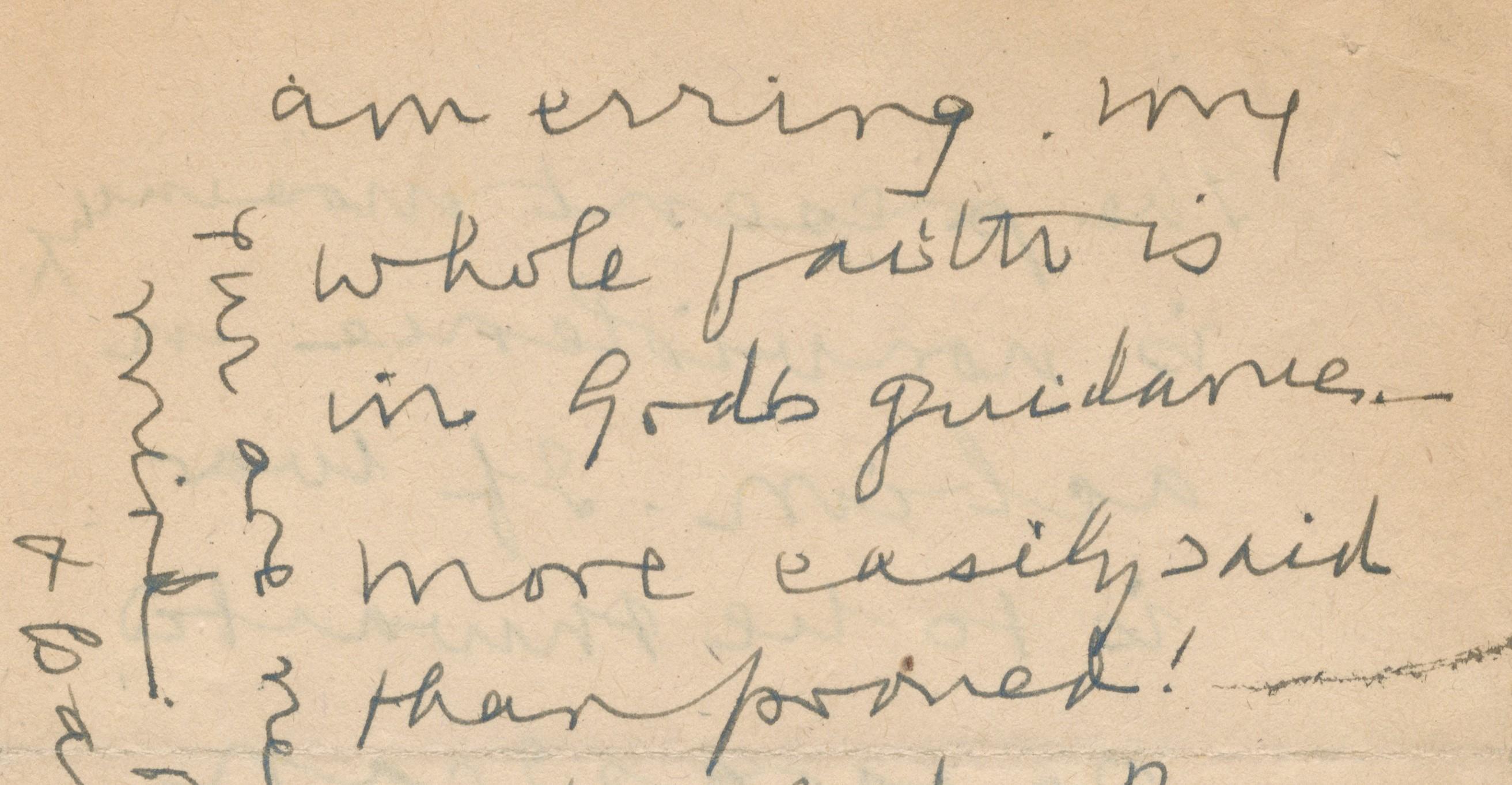
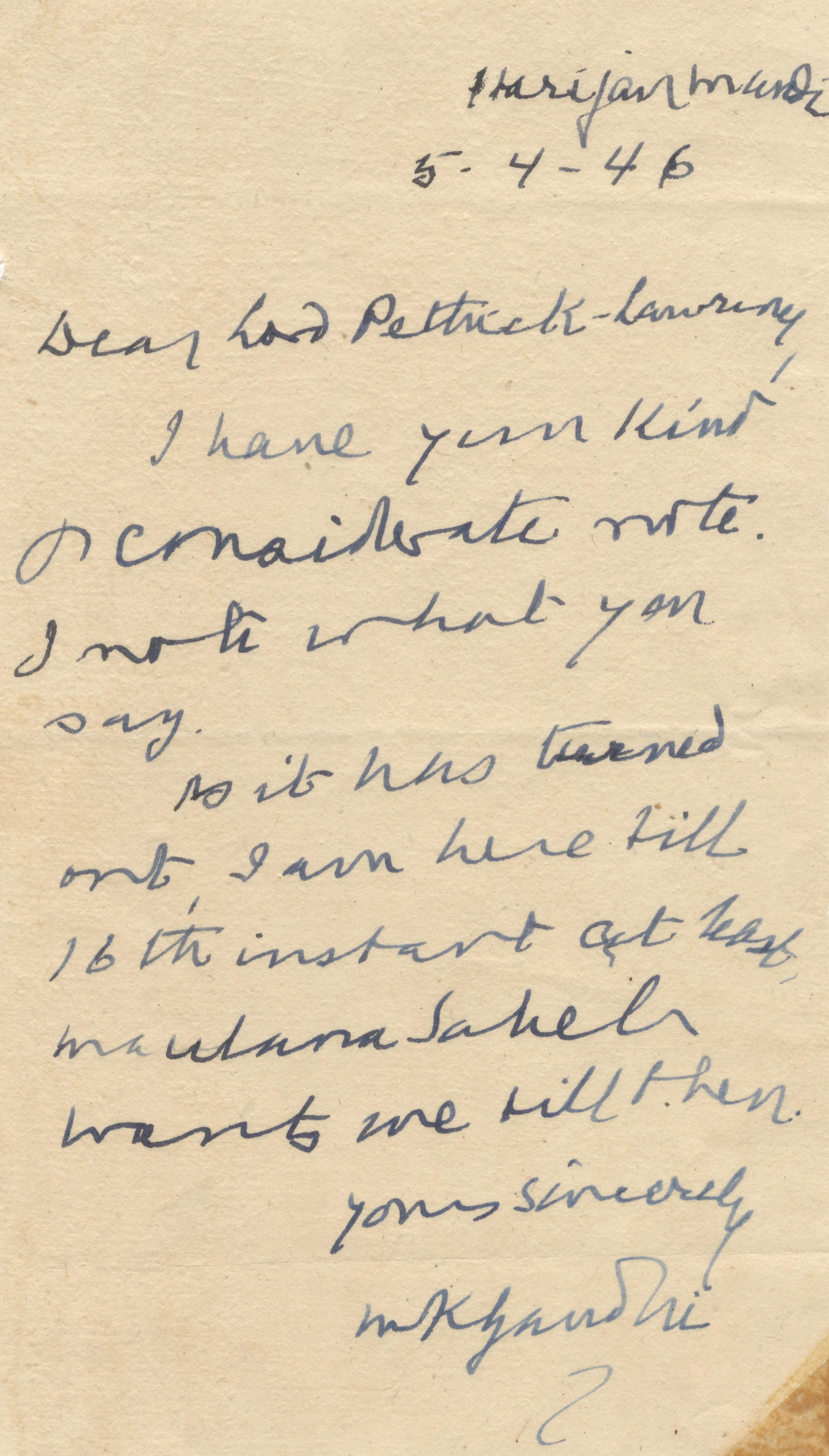
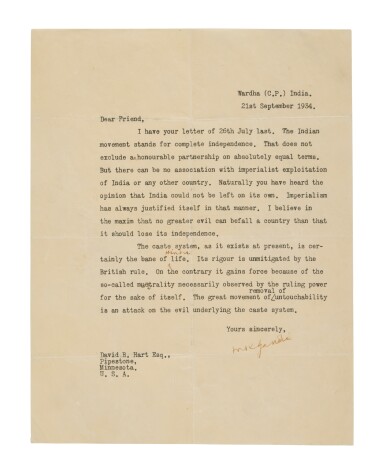
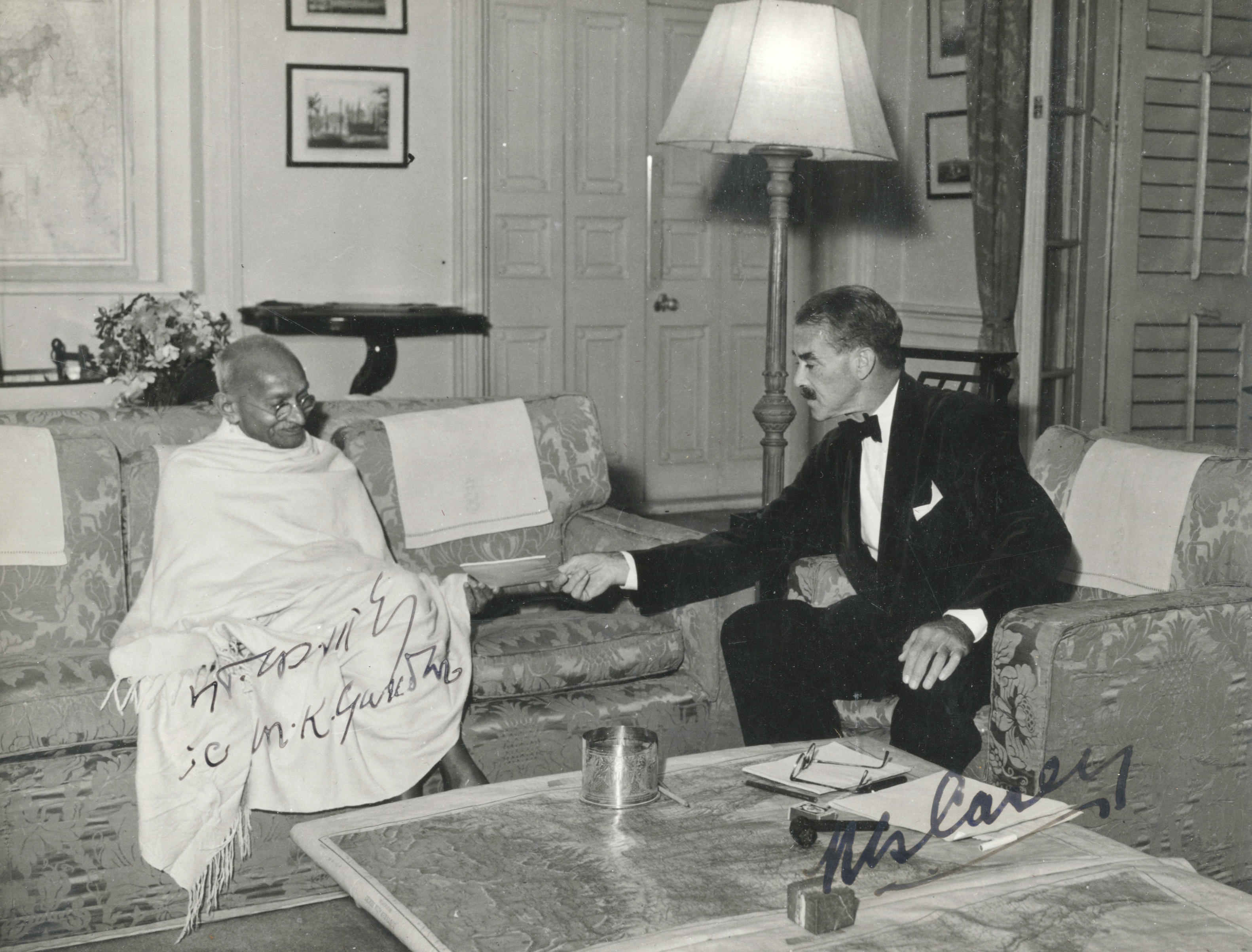
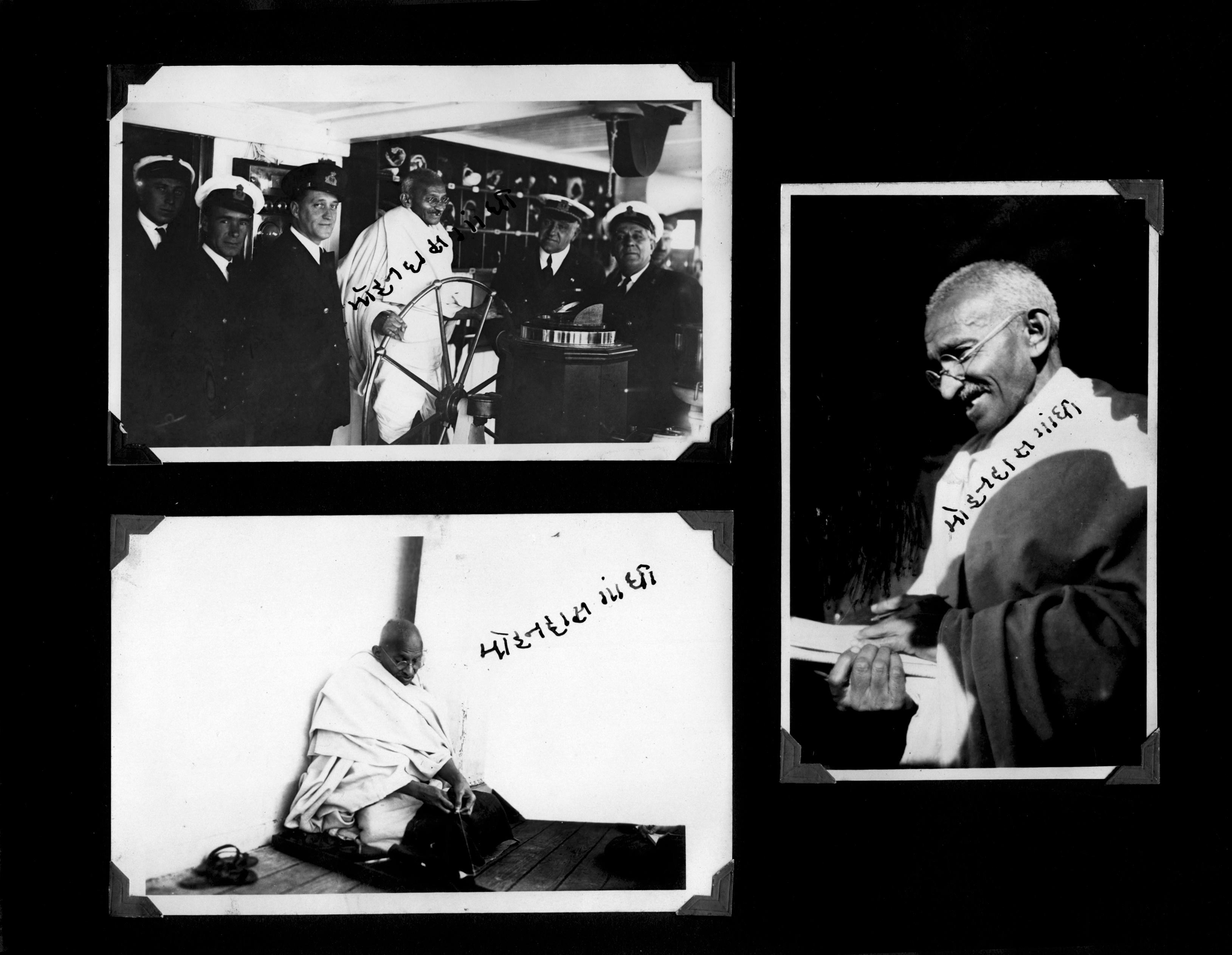

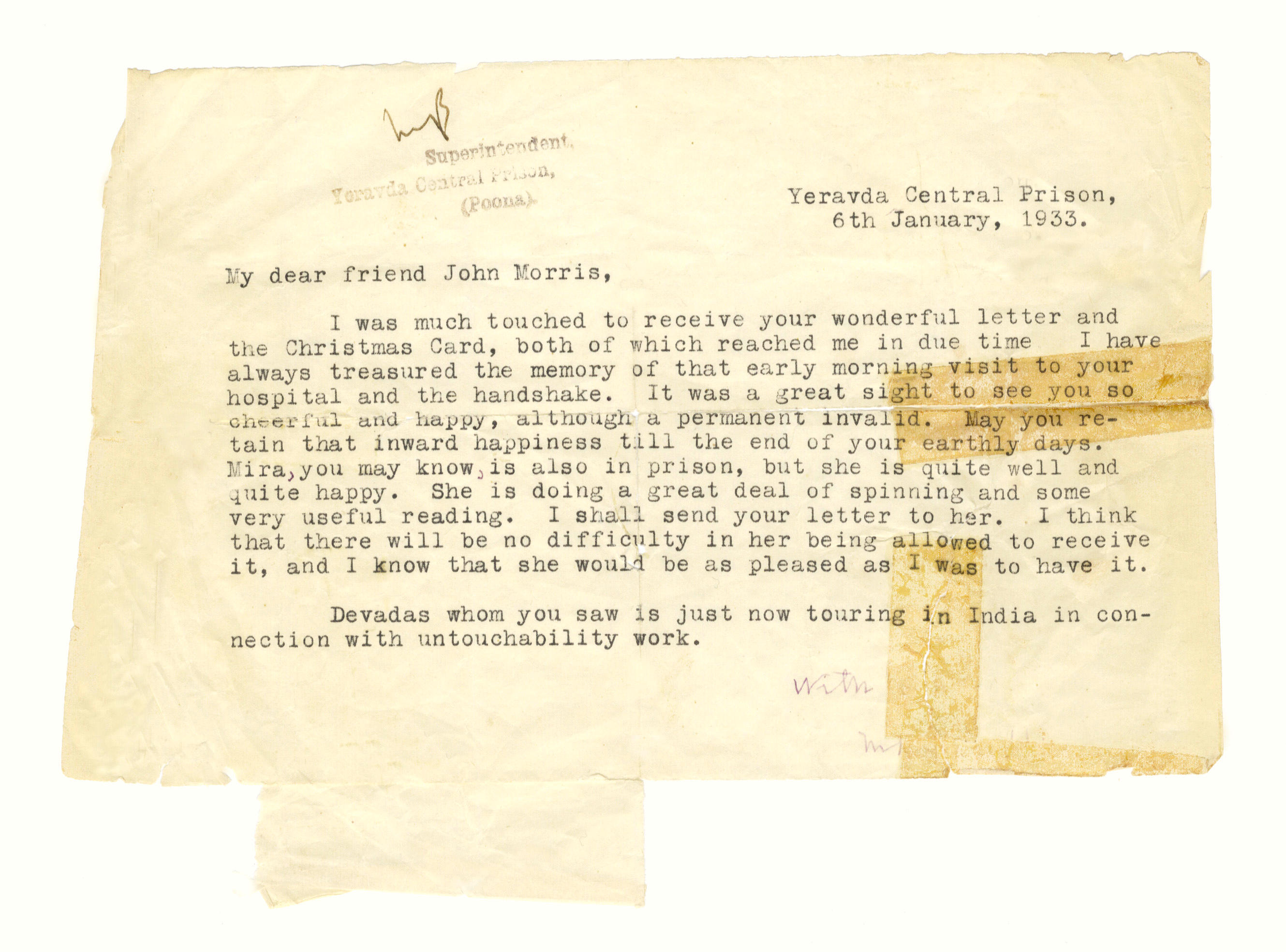
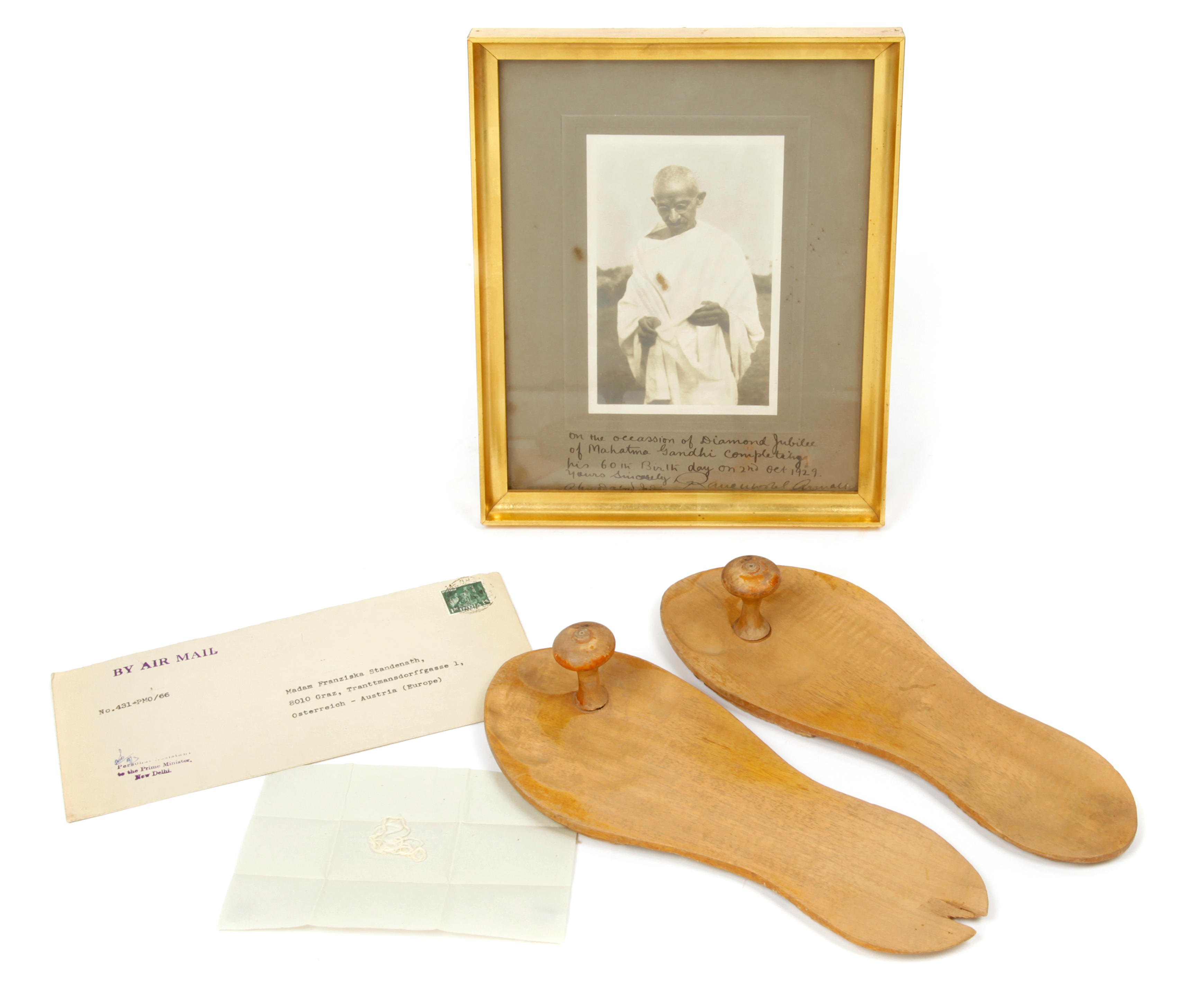

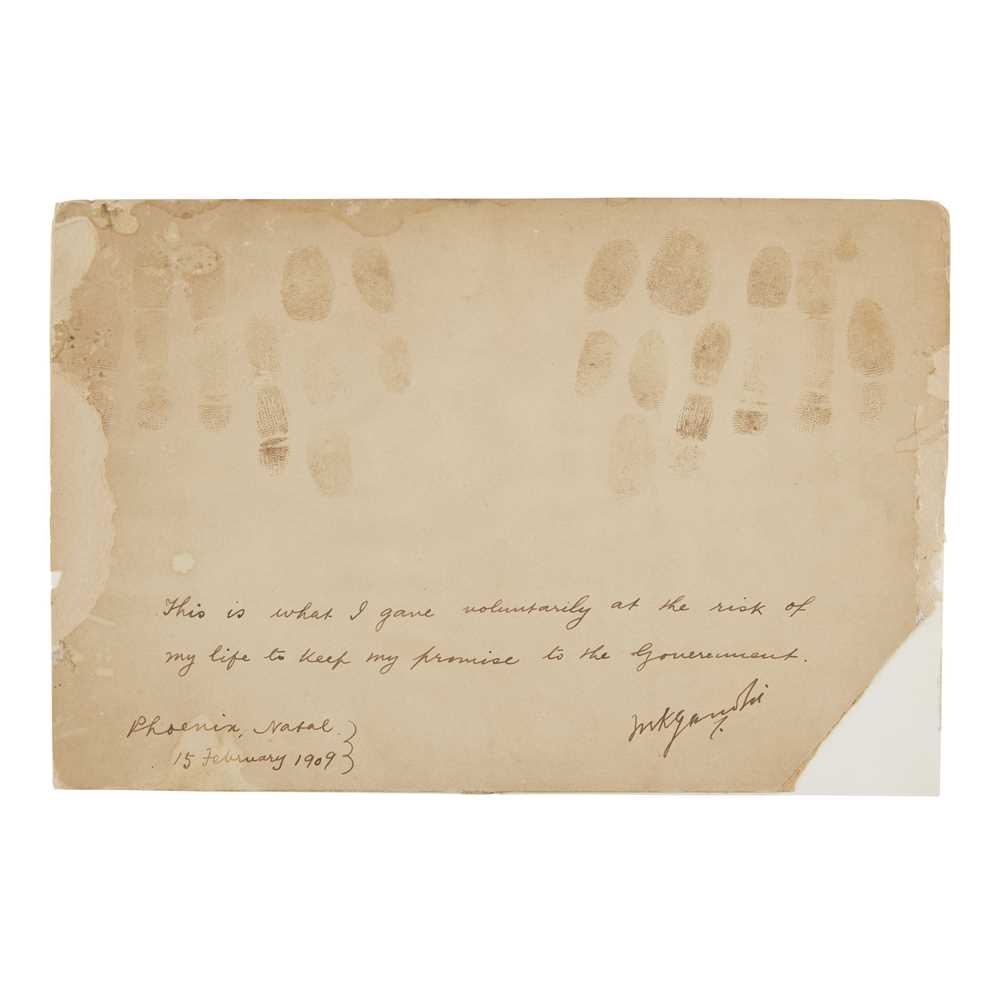

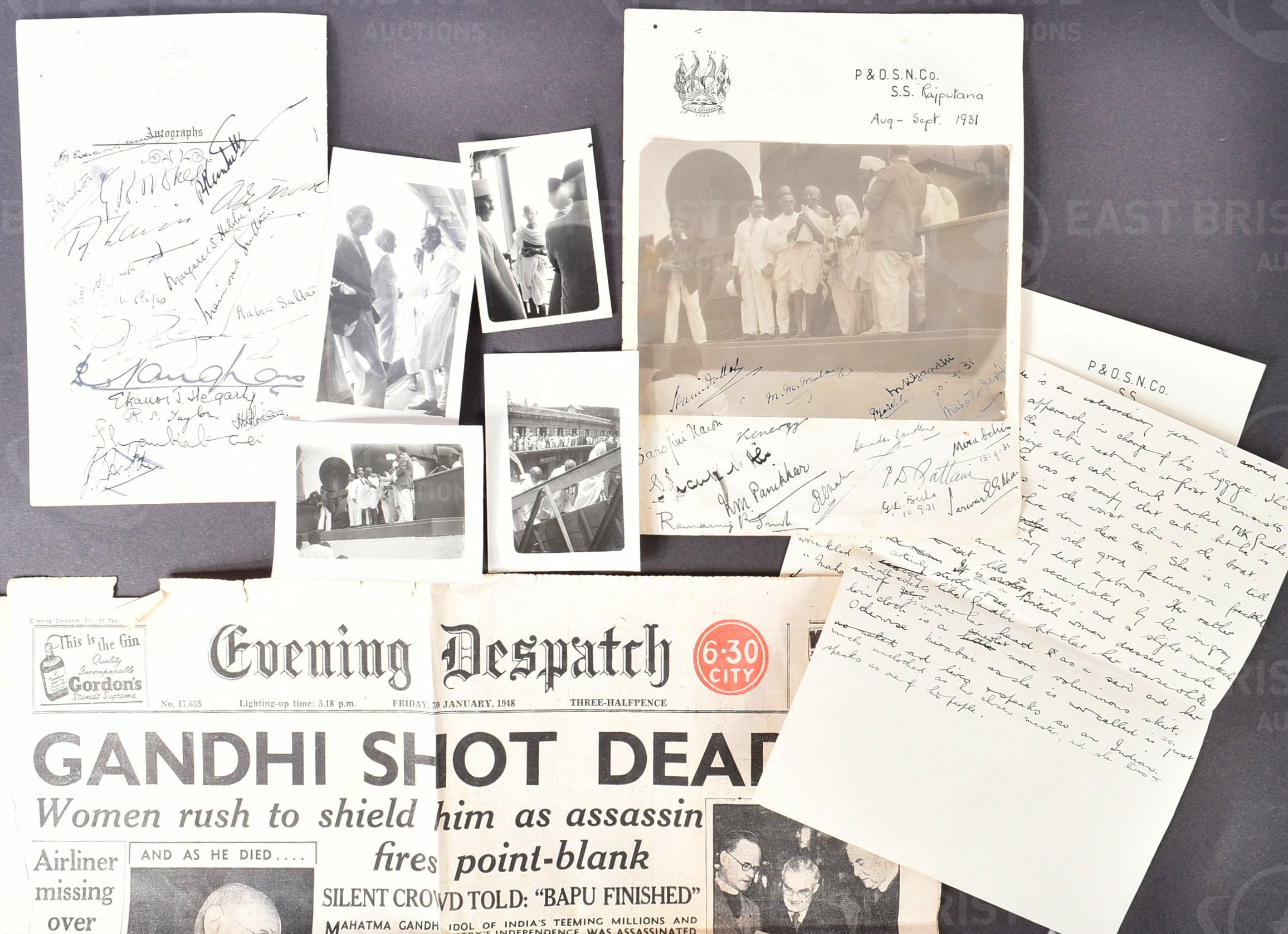
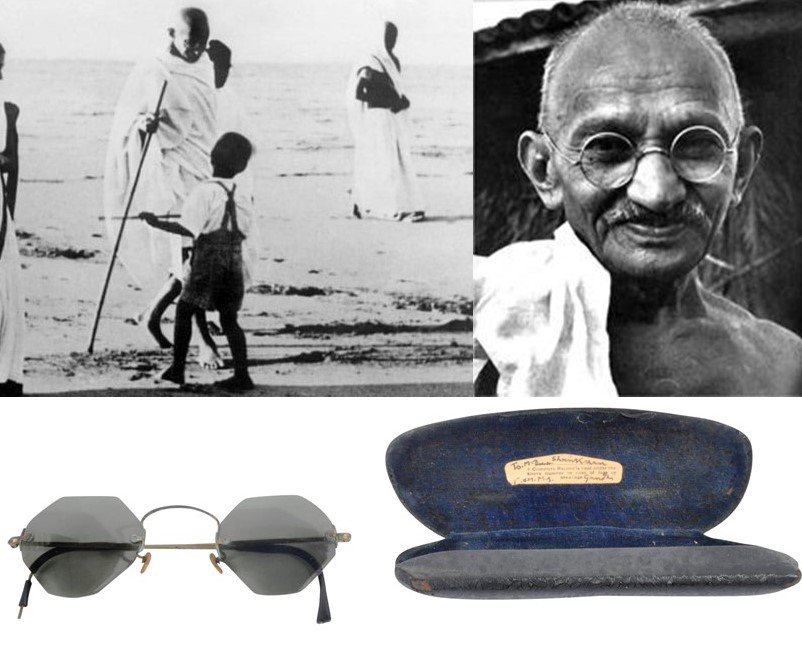

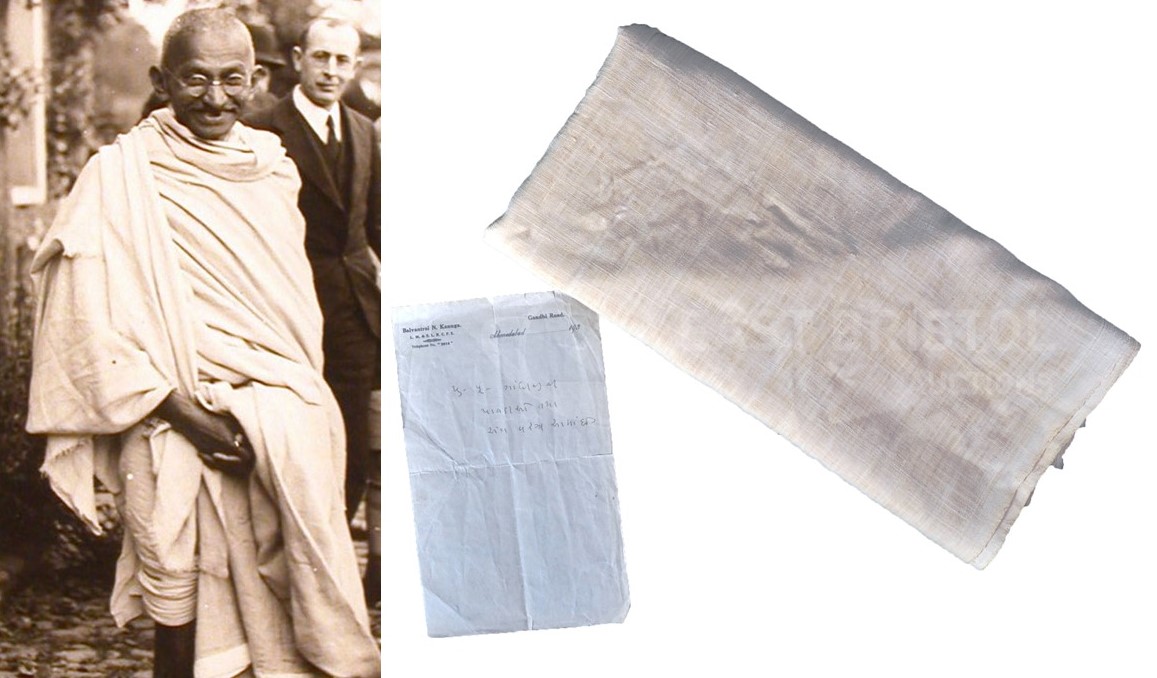
Try LotSearch and its premium features for 7 days - without any costs!
Be notified automatically about new items in upcoming auctions.
Create an alert